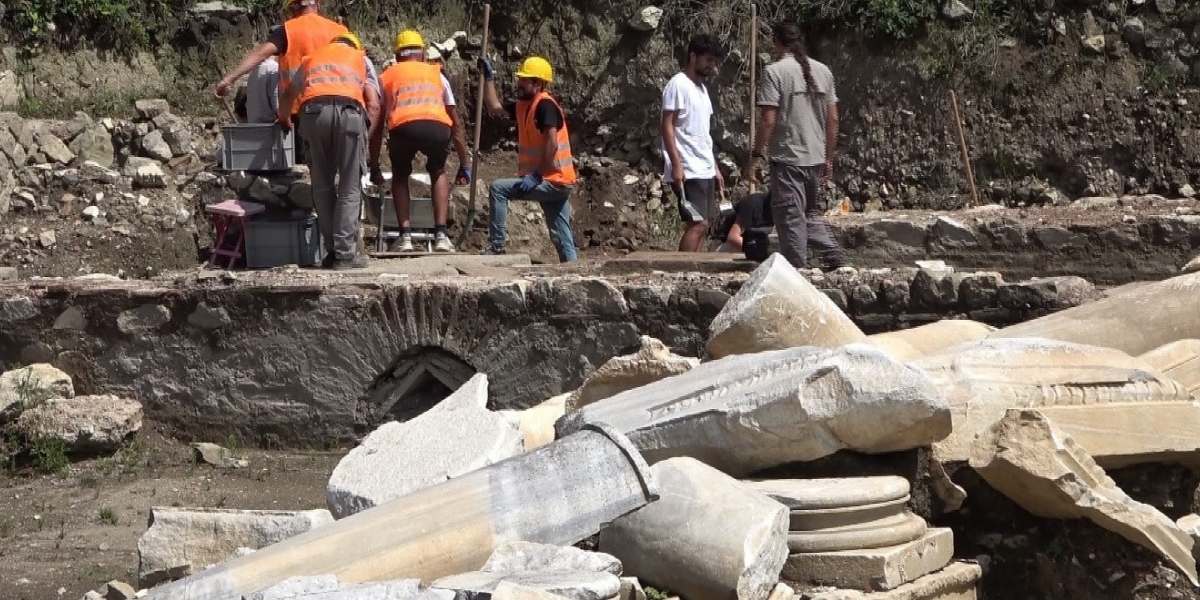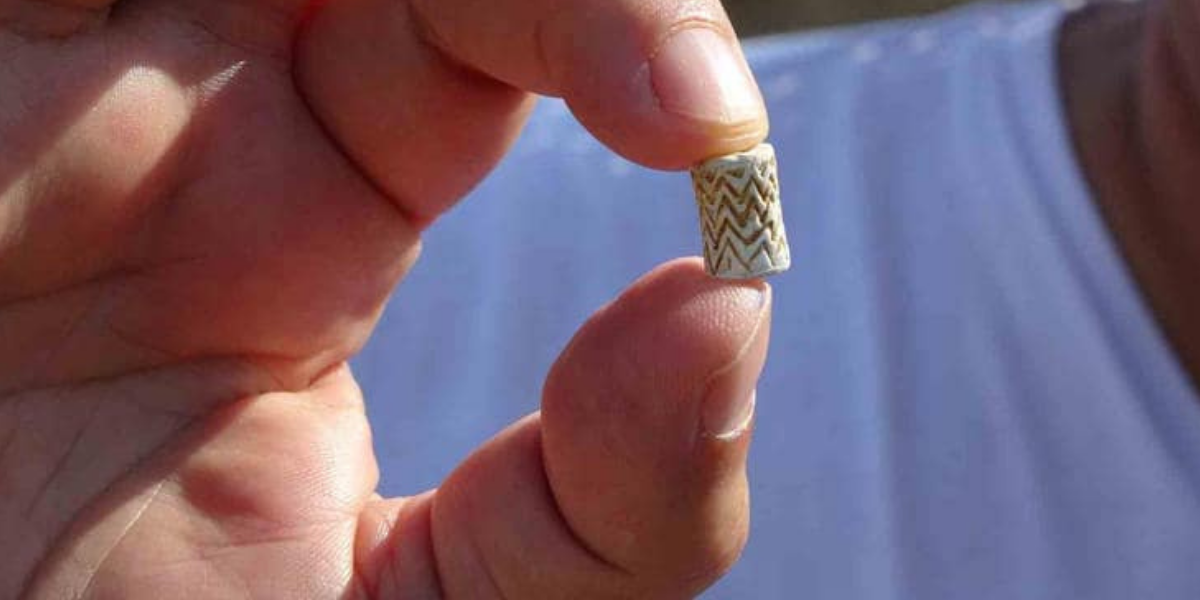
A cylinder seal dating back to 4 thousand years was discovered in the ancient city of Maydos
Turkish archaeologists have found a 4,000-year-old cylinder seal in the ancient city of Maydos, as well as a lead sling stone that is about 3,400 years old. The ancient city of Maydos is located in the Eceabat district of Çanakkale province in western Türkiye. Maydos was continuously inhabited from the Chalcolithic Age until the Middle
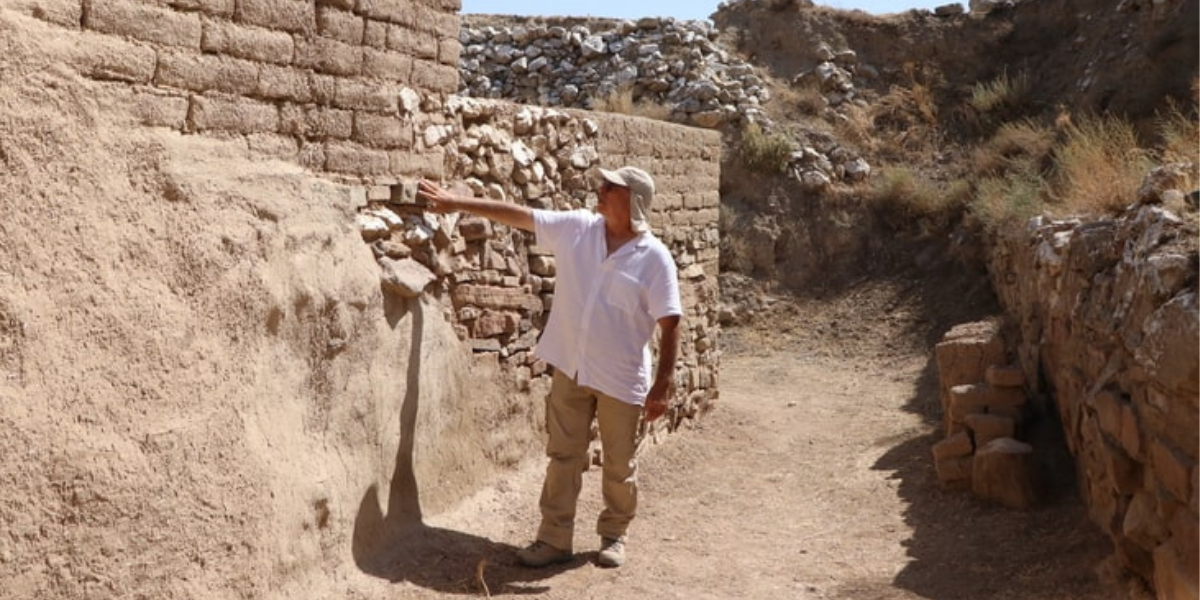
3500-year-old Hittite mudbrick structures at Porsuk-Zeyve Höyük emerged stronger from the fires
The Hittite mudbrick structures at Porsuk-Zeyve Höyük, which was an important settlement in the Bronze Age due to its location on the road connecting Central Anatolia to the Mediterranean, have survived to the present day, strengthened by fires thought to have started in the 15th and 16th centuries BC. Porsuk-Zeyve Höyük is located near the
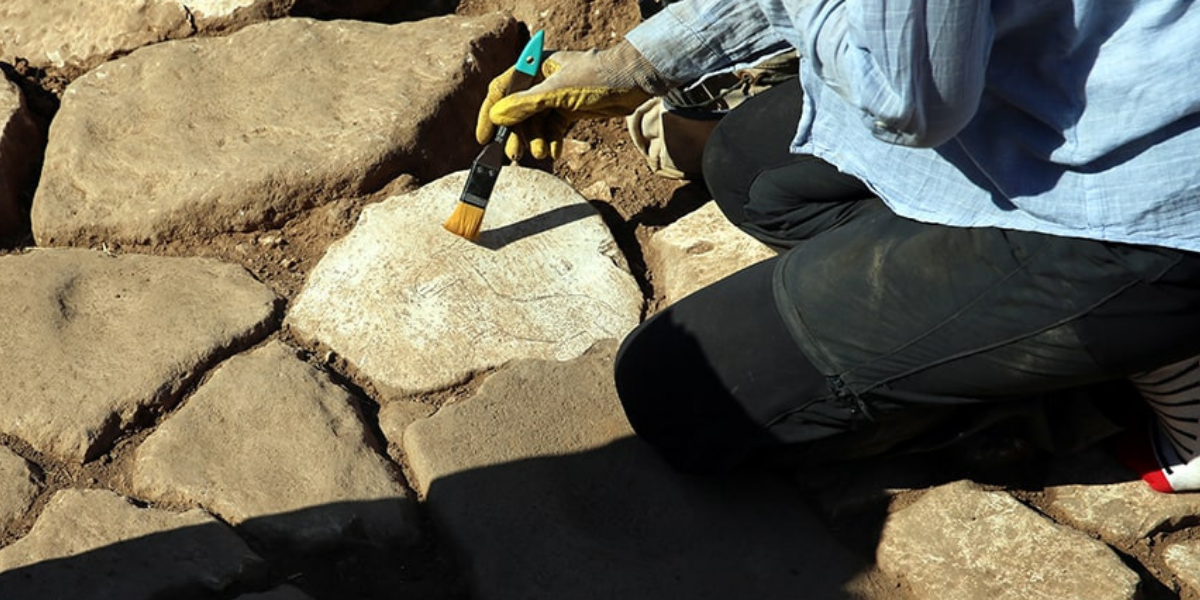
Running wild donkey figure carved into the ground stone discovered in Karahantepe
In Karahantepe, a Neolithic settlement with a history of approximately 12,000 years, a figure of a running wild donkey carved on stone was unearthed. Karahantepe is considered to be an important turning point in humanity’s transition to settled life As in Göbeklitepe, T-shaped obelisks were also found in Karahantepe. These obelisks provide important information about

Teleme, the unique flavor of Anatolia, made with the 2,750-year-old recipe mentioned by Homer in the epic Iliad
Teleme is a traditional Turkish yogurt, usually made from sheep or goat milk. It is known for its soft, creamy texture and slightly salty flavor. The recipe for teleme yogurt, which continues to be produced today by Yoruks (villagers engaged in animal husbandry in the mountains), was found in Homer’s Iliad epic. Yoruks are a
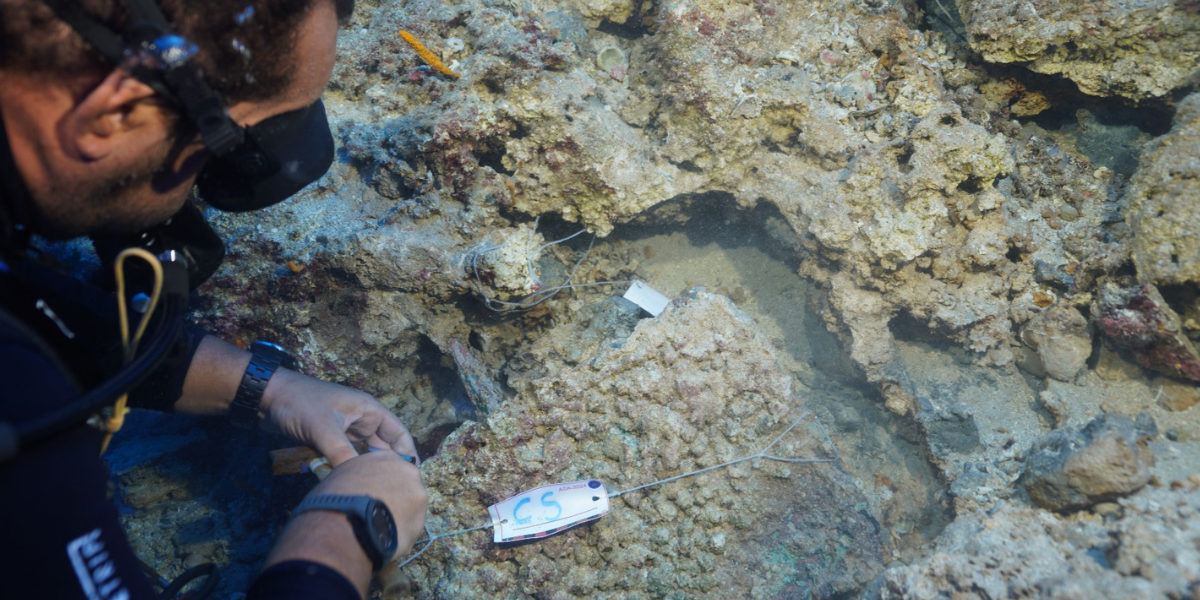
3,600-year-old bronze dagger with silver rivets found in a shipwreck in Antalya
Turkish underwater archaeologists found a 3,600-year-old silver riveted bronze dagger, which was determined to belong to the Cretan-Minos civilization, during an underwater excavation in a shipwreck off the coast of Antalya’s Kumluca district. The discovery was led by Assoc. Prof. Hakan Öniz from Akdeniz University. Underwater archaeology studies in the Kumluca region have been ongoing
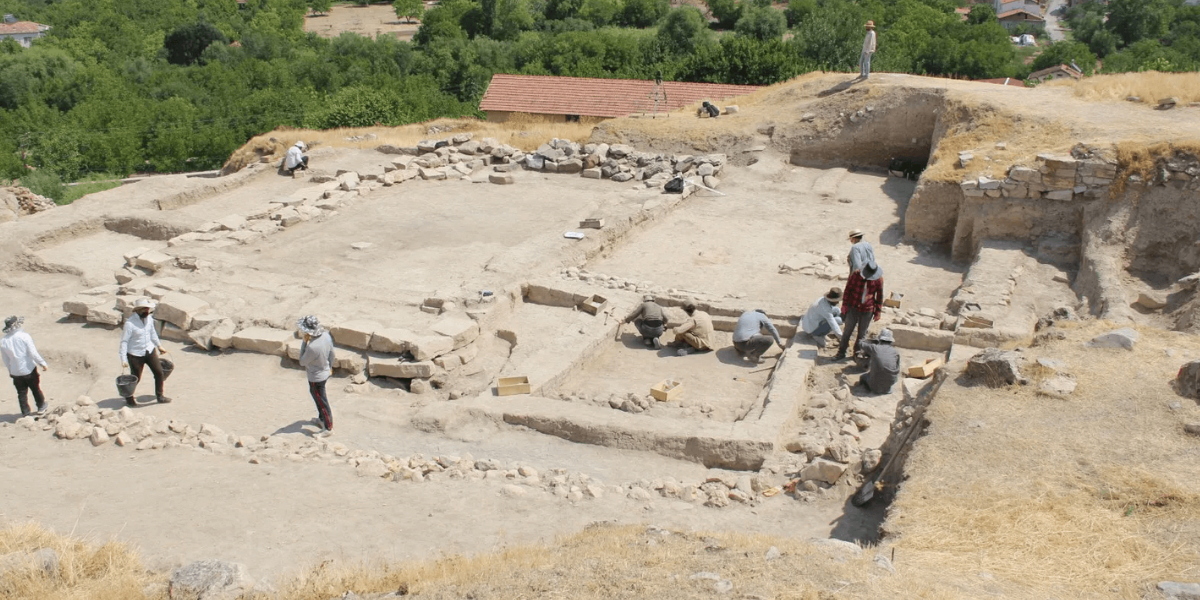
7,000-year-old seals with animal figures found at Arslantepe, one of the largest mounds in Türkiye
7,000-year-old seals with animal figures were found in Arslantepe, one of the largest mounds in Türkiye, which was inhabited from 6000 BC until the 11th century AD. Arslantepe Mound is located in the town of Orduzu, 7 kilometers northeast of Malatya, near the western bank of the Euphrates River (Karakaya Dam Lake). The discoveries made
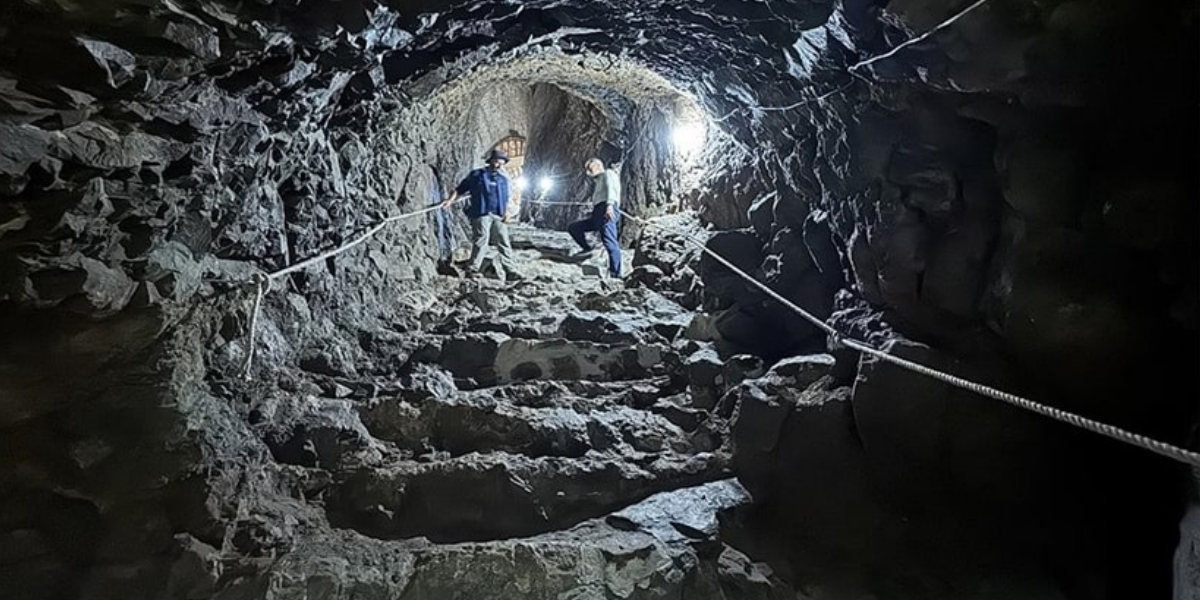
Restoration of 2,800-year-old water cistern in eastern Türkiye completed
The restoration of the 2,800-year-old Urartian water cistern unearthed in Harput Castle in Elazığ province in the Eastern Anatolia Region, known as the roof of Türkiye, has been completed. Harput Castle was built by the Urartians in the 8th century BC on a rectangular plan. The castle, which consists of two parts, the inner and
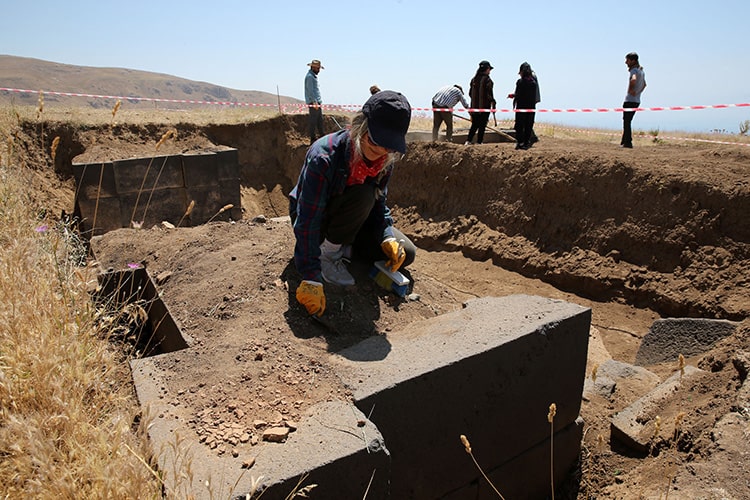
Excavations at the ancient Kef Castle shed light on the Urartian period
Archaeological excavations at Kef Castle in Bitlis, southeast Turkey, have uncovered animal bones, ceramics, and tools made of flint and obsidian. The castle, one of four built during the reign of Urartian King Rusa II (685-645 B.C.), is located at an altitude of 2,300 meters (7,545 feet). The information that will be obtained during the
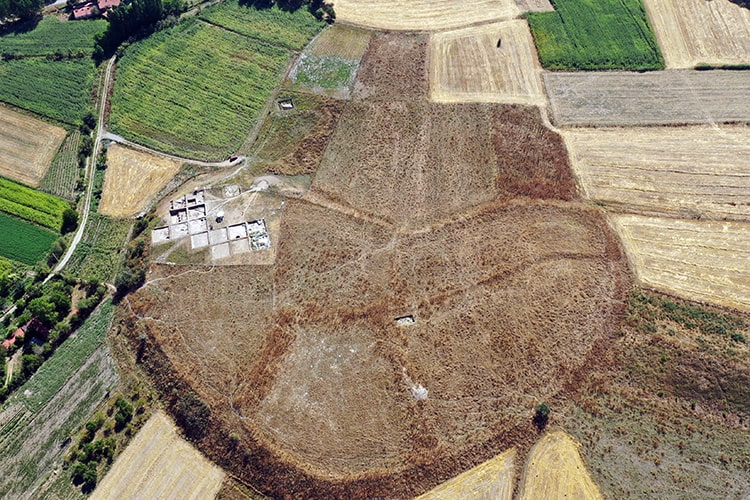
4000-year-old ceramic seal discovered at Tavşanlı mound, known as the “heart of Kütahya”
A 4000-year-old ceramic seal was discovered in Tavşanlı mound, also known as the “Heart of Kütahya” because it resembles the shape of a heart when viewed from the air, in the Tavşanlı district of Kütahya in western Türkiye. The excavation of Tavşanlı mound continues under the chairmanship of Prof. Erkan Fidan, Head of the Department

